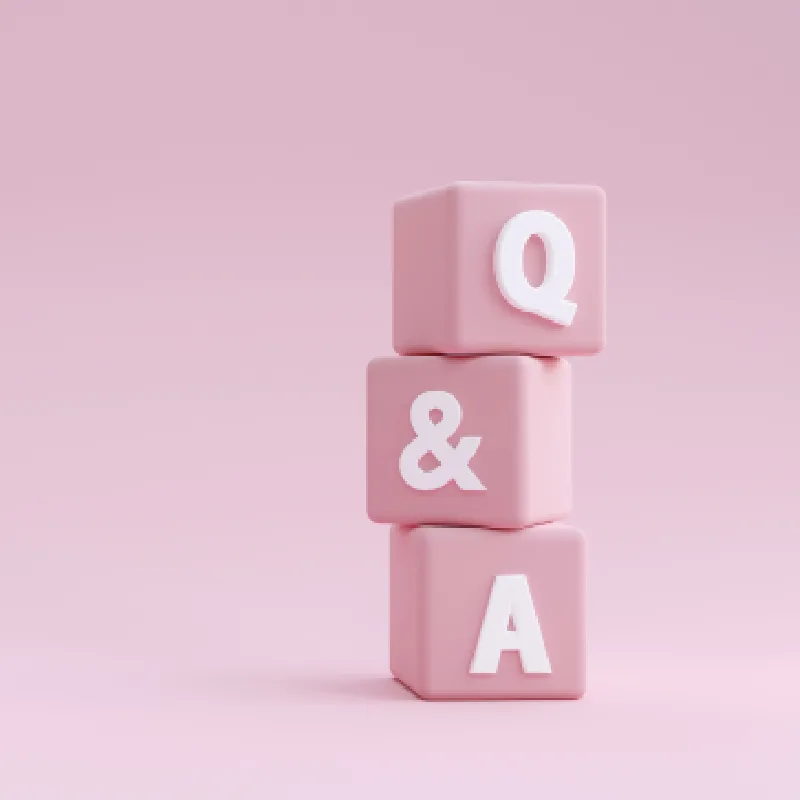FAQ
Frequently Asked Questions
Here are some of our clients’ most asked questions.
If you have a question not listed below, contact us anytime.

How much does it cost to scan my building?
There are a number of factors that go into determining the cost to laser scan and document a building. First, we must determine the intent of what you are trying to accomplish with the scan. We then need to understand what type of building it is, how complex the building’s layout is and are there any operational constraints to operating within the space to be documented. Finally, we need to know what type of deliverables are needed (2D, 3D, CAD, BIM, point cloud, etc.).
How long will it take to provide me an as-built of my building?
This will vary depending on how quickly we can gain access to the space, what the size and complexity of the space is, are there any operational constraints and what the end deliverables are.
How fast can you start work?
More often than not, we can have our team on site faster than you can authorize us and coordinate access. While this isn’t always the case, it happens quite often.
Is there a limit to where ARC is willing to travel to survey my building?
ARC provides on-site as-built services anywhere in the United States and can offer referrals to providers who are able to perform work internationally.
How accurate are ARC's measurements?
ARC utilizes the latest laser technologies and best practice workflows to perform its measurements. The manufacturer’s specifications for the most common laser scanners we use quote an accuracy of 2mm at 10m. Generally, the higher the accuracy requirements the higher the cost. ARC utilizes the U.S. Institute of Building Documentation Level of Accuracy (LOA) Specification. The two most commonly prescribed LOA’s are LOA20 and LOA30. The respective tolerance ranges for these LOAs are 5/8” to 2” and ¼” to 5/8”.
What is the difference between a measured accuracy and a represented accuracy?
Measured accuracy refers to the overall accuracy of a comprehensive set of measurements. This accuracy accounts for instrument error, operator error, error in measuring technique, random error and least count error. For laser scanning we often consider the accuracy of a registered point cloud the measured accuracy. To then take a point cloud and represent those measured points as either CAD line work or modeled elements in a BIM more error will be introduced. The accuracy of the represented lines or model elements is considered to be the represented accuracy.
Let's work
together
Work Schedule
Monday-Thursday,
7:30 am - 5:30 pm
Friday,
7:30 am - 11:30 am
Email & Phone
888-362-4272
(Toll-Free)
California
Texas
San Antonio
Houston



